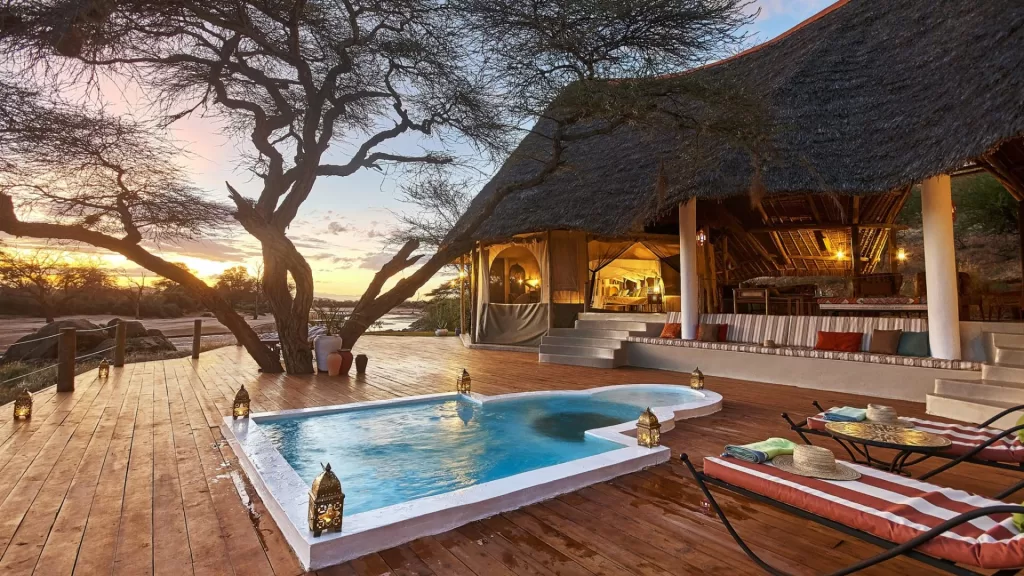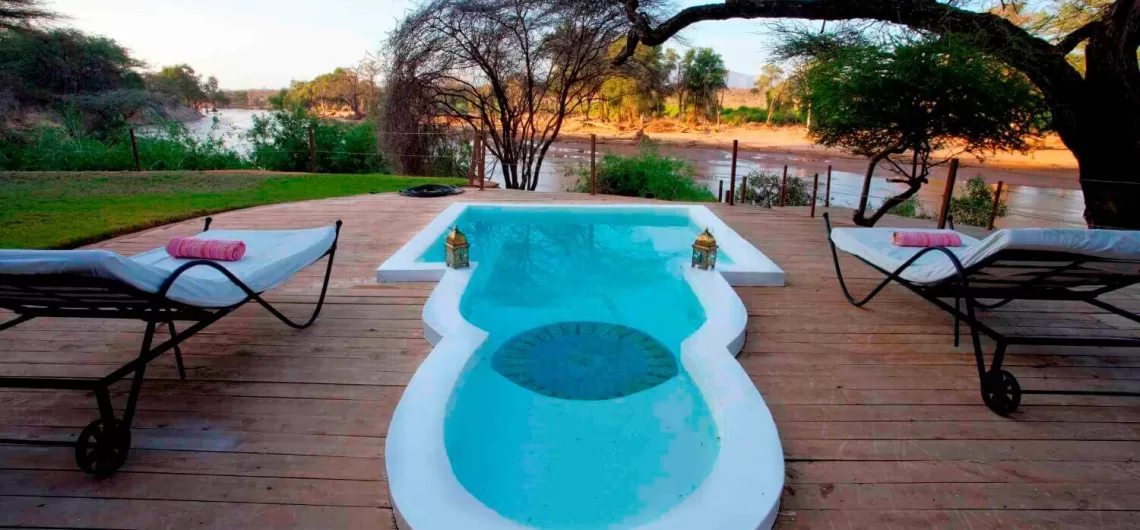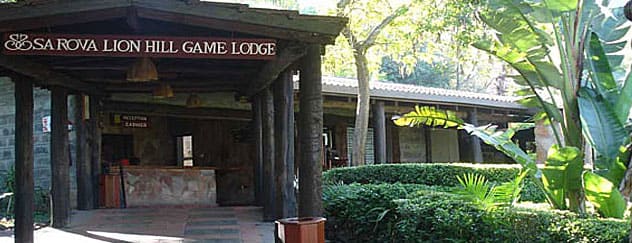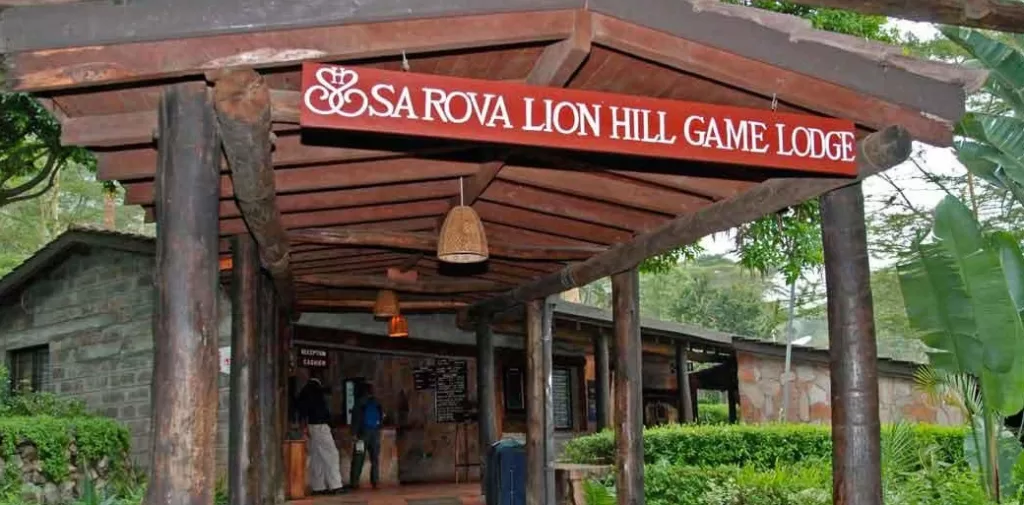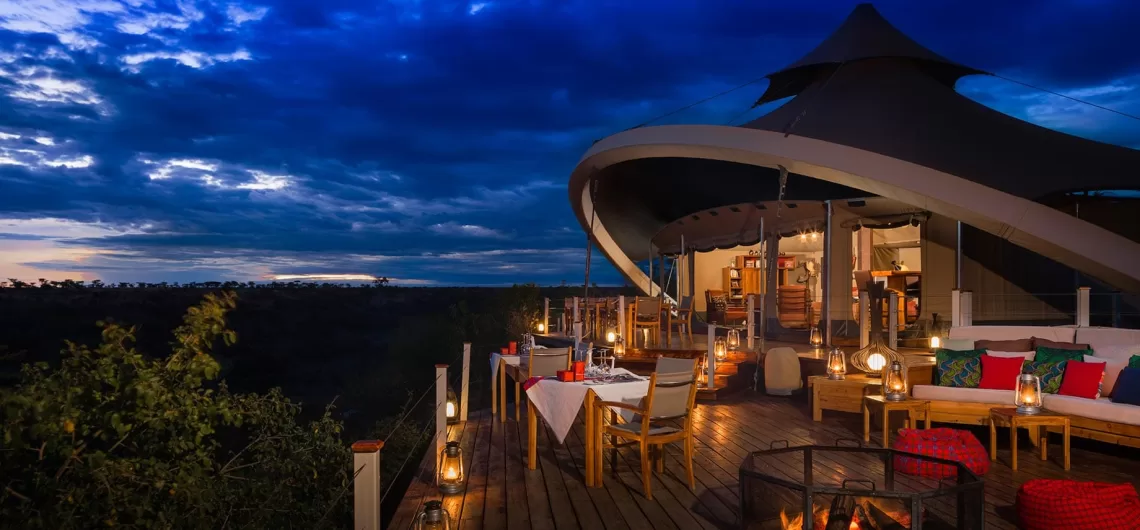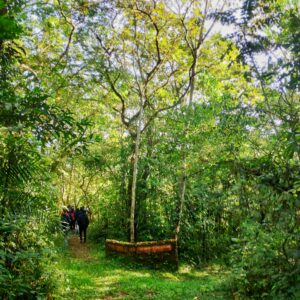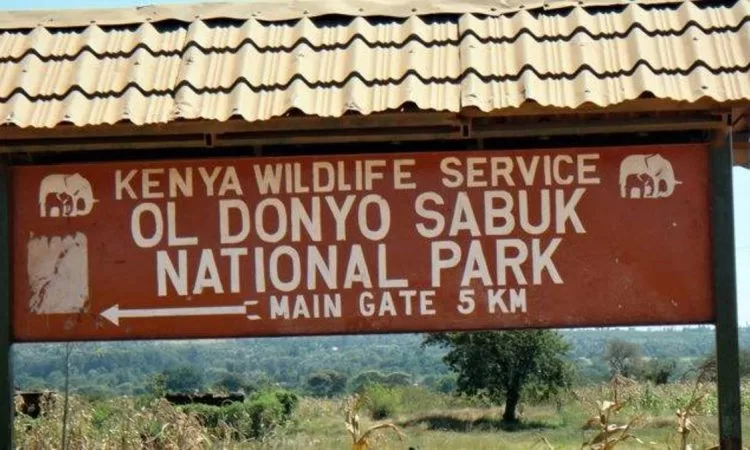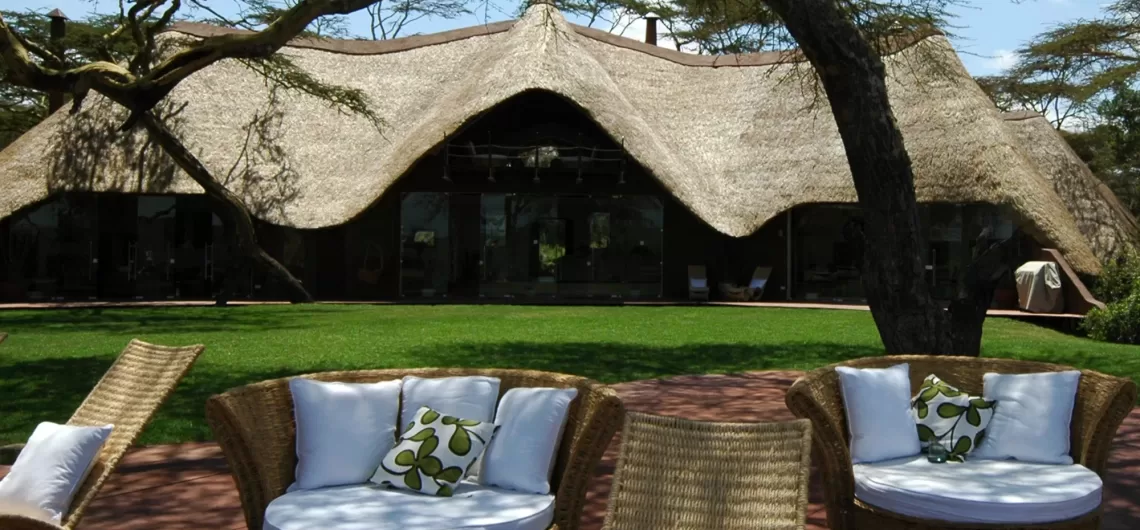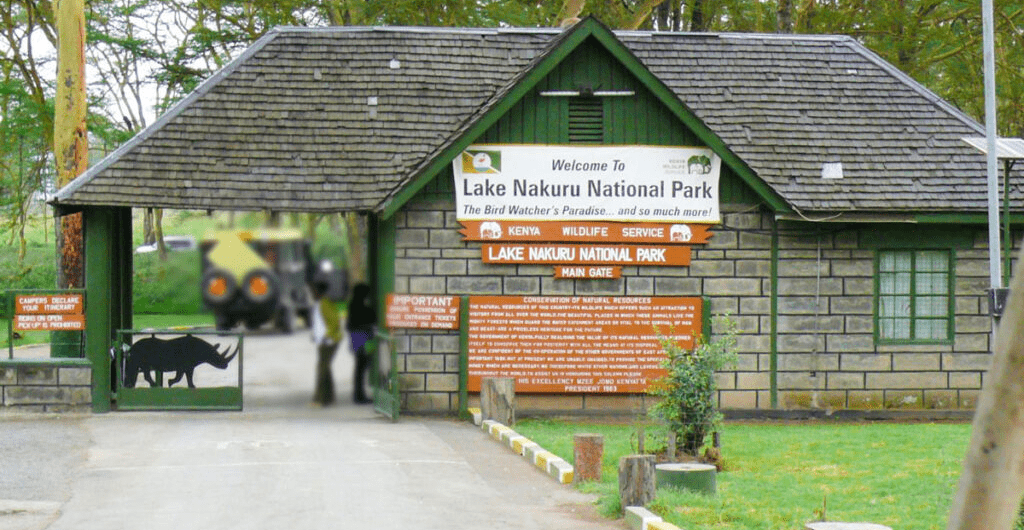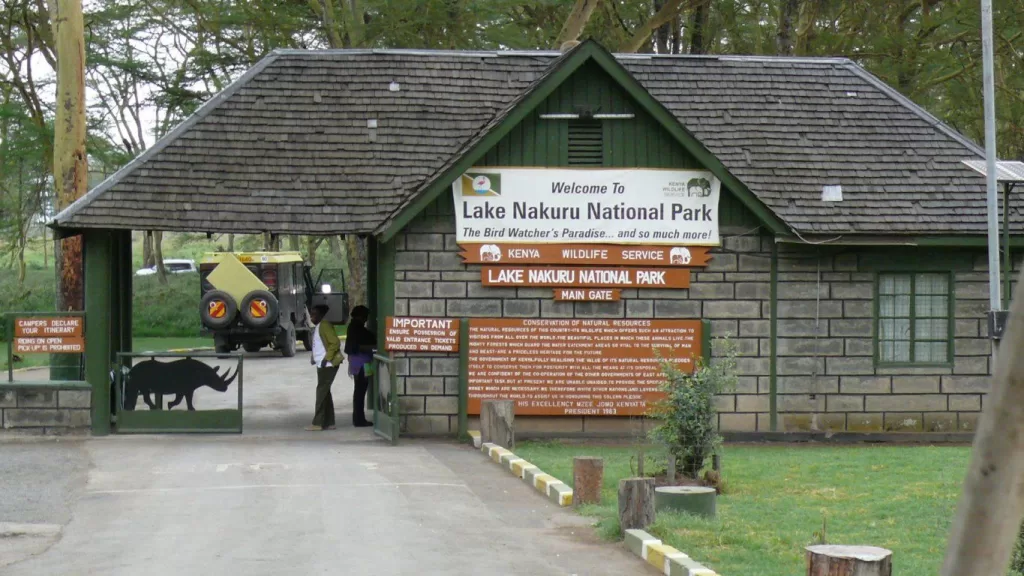About Ol Donyo Sabuk Ol Donyo Sabuk National Park additionally called Mt. Kilimambogo is a solitary mountain dotting outstanding wildlife. It is located withinside the big plains of Donyo Sabuk metropolis inside Machakos County, Kenya. Ol Donyo Sabuk is a Maasai call that means huge mountain. Kilimambogo is derived from the Swahili and Bantu language which means Buffalo Mountain. Animals The park is domestic to extra than 200 buffalos which might be the dominant mammals in the park and different animals consist of mongoose, porcupines, bushbucks, baboons, and leopards. Visitors may also discover the colobus monkey, vervet monkey, Sykes’ monkey, Kirk’s dik-dik, bush pig, not unusual place duiker, reedbuck, rock hyrax, bush baby, tree and floor squirrel, aardvark, porcupine, python and display lizard. Birds The park has over 45 chicken species that encompass each Forest chicken species, open savannah grassland, and wetland/waterbird species. The maximum, not unusual place birds encompass African Hawk-eagle, sunbirds, distinct varieties of weavers, pied wagtail, mourning dove, Buzzard, and lots more. How to get there 85km northeast of Nairobi. From Thika metropolis continue 22 km alongside the principal Garissa avenue to Makutano junction. At Makutano comply with the KWS signal and flip proper, intending three km on an all-climate murram avenue to Donyo metropolis. At Donyo flip proper and continue a similar 2 km to the principal gate. Best Time to Visit The climate withinside the park is warm and dry. It is just a few months while there's rain. January to March marks the driest season. April to June is moist and warm while from July to October, it’s hot and dry. November to December is heat and moist. Activities like recreation watching, hiking, nature walks, and mountaineering are simpler withinside the dry season. However, all through the moist season comes the light and birds
About Ol Donyo Sabuk
Ol Donyo Sabuk National Park additionally called Mt. Kilimambogo is a solitary mountain dotting outstanding wildlife.
It is located withinside the big plains of Donyo Sabuk metropolis inside Machakos County, Kenya. Ol Donyo Sabuk is a Maasai call that means huge mountain. Kilimambogo is derived from the Swahili and Bantu language which means Buffalo Mountain.
Animals
The park is domestic to extra than 200 buffalos which might be the dominant mammals in the park and different animals consist of mongoose, porcupines, bushbucks, baboons, and leopards.
Visitors may also discover the colobus monkey, vervet monkey, Sykes’ monkey, Kirk’s dik-dik, bush pig, not unusual place duiker, reedbuck, rock hyrax, bush baby, tree and floor squirrel, aardvark, porcupine, python and display lizard.
Birds
The park has over 45 chicken species that encompass each Forest chicken species, open savannah grassland, and wetland/waterbird species.
The maximum, not unusual place birds encompass African Hawk-eagle, sunbirds, distinct varieties of weavers, pied wagtail, mourning dove, Buzzard, and lots more.
How to get there
85km northeast of Nairobi. From Thika metropolis continue 22 km alongside the principal Garissa avenue to Makutano junction.
At Makutano comply with the KWS signal and flip proper, intending three km on an all-climate murram avenue to Donyo metropolis. At Donyo flip proper and continue a similar 2 km to the principal gate.
Best Time to Visit
The climate withinside the park is warm and dry. It is just a few months while there’s rain. January to March marks the driest season.
April to June is moist and warm while from July to October, it’s hot and dry. November to December is heat and moist. Activities like recreation watching, hiking, nature walks, and mountaineering are simpler withinside the dry season. However, all through the moist season comes the light and birds live withinside the park.
